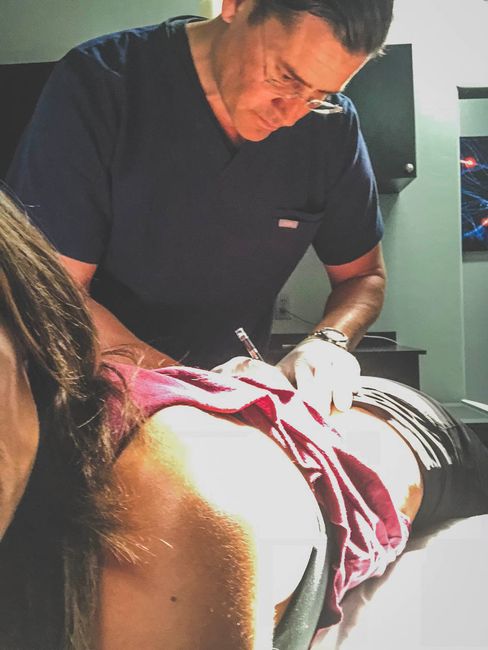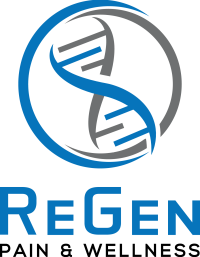Neural Prolotherapy
Treating Pain with Neural Prolotherapy in Scottsdale
As medical science advances by leaps and bounds, newer and more effective methods to diagnose and treat medical conditions emerge. One such exciting development is the Neural Prolotherapy.

What is Neural Prolotherapy (NPT)?
Neural Prolotherapy is a relatively new technique being used in Regenerative Medicine. Variety of muscular and skeletal injuries and the accompanying state of pain can be effectively treated by NPT. It is also known by other names like Neurofascial Prolotherapy, and Subcutaneous Prolotherapy. Clinical grade dextrose or mannitol is injected just below the skin to facilitate the healing of the injured nerves.
The Origin of TPT
Neural Prolotherapy is also called the ‘Lyftogt technique’ in honour Dr. John Lyftogt, who hails from New Zealand. He first developed and used this method effectively. He worked on the theory proposed by British doctor Dr. John Hilton. He proposed that the nerves that are in contact with a joint are also in contact with the muscles as well as the skin that covers them.
Dr. Lyftogt made use of the knowledge that dextrose in traditional prolotherapy promotes healing of connective tissues like ligaments and tendons. He suggested that the same substance could heal the injured nerves too. He went on to establish that it worked well.
Once these nerves function normally, healing of deeper tissues would happen and thus relieve the pain.

What is Neural Prolotherapy (NPT)?
Neural Prolotherapy (NPT) is a relatively new technique being used in Regenerative Medicine. Variety of muscular and skeletal injuries and the accompanying state of pain can be effectively treated by NPT. It is also known by other names like Neurofascial Prolotherapy, and Subcutaneous Prolotherapy. Clinical grade dextrose or mannitol is injected just below the skin to facilitate the healing of the injured nerves.
The Origin of TPT
Neural Prolotherapy is also called the ‘Lyftogt technique’ in honour Dr. John Lyftogt, who hails from New Zealand. He first developed and used this method effectively. He worked on the theory proposed by British doctor Dr. John Hilton. He proposed that the nerves that are in contact with a joint are also in contact with the muscles as well as the skin that covers them.
Dr. Lyftogt made use of the knowledge that dextrose in traditional prolotherapy promotes healing of connective tissues like ligaments and tendons. He suggested that the same substance could heal the injured nerves too. He went on to establish that it worked well.
Once these nerves function normally, healing of deeper tissues would happen and thus relieve the pain.
How does Neural Prolotherapy work?
Neural Prolotherapy vs. Traditional Prolotherapy
Both treatments promote healing and result in pain relief and restoration of functions. However, in traditional Prolotherapy, a higher concentration of dextrose is injected deeper into the skin. It is done to help healing and repair of connective tissues such as ligaments and tendons.
On the other hand, Neural Prolotherapy uses a much lower concentration of dextrose and is injected at multiple points just below the skin. The purpose here is to reach the nerves and reduce their inflammation. Thus it is less invasive and less painful.
Advantages of Neural Prolotherapy
- NPT can be carried out easily without local anaesthesia.
- The injections are administered with very small and short needles just beneath the surface of the skin.
- Patients generally experience an immediate reduction of pain after the first injection.
- NPT is considered quite safe when administered by a trained physician.
- The chances of infection are very minimal.
Limitations/Side effects
- In very limited cases, there may be negative effects like swelling, and short duration pain.
- NPT is still not covered by insurance companies.
NPT is being used successfully in leading hospitals across the world for years now. It is also a subject of specialization at medical schools. Today, patients from all over the world are finally benefitting from this exciting new field of pain therapy.



